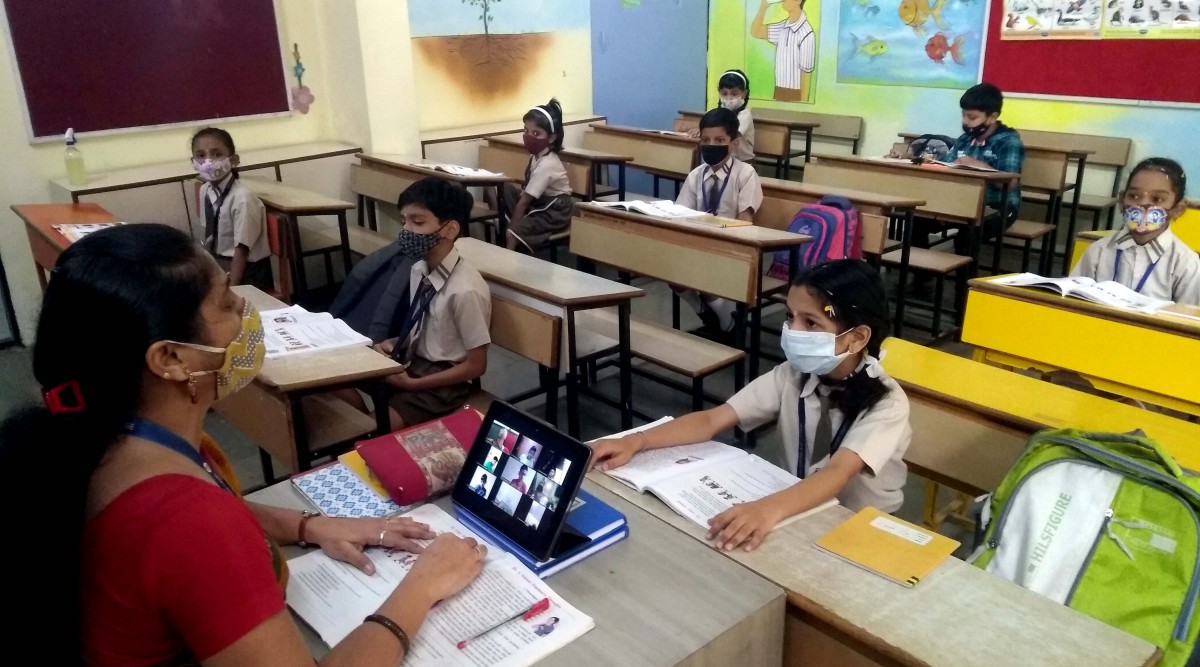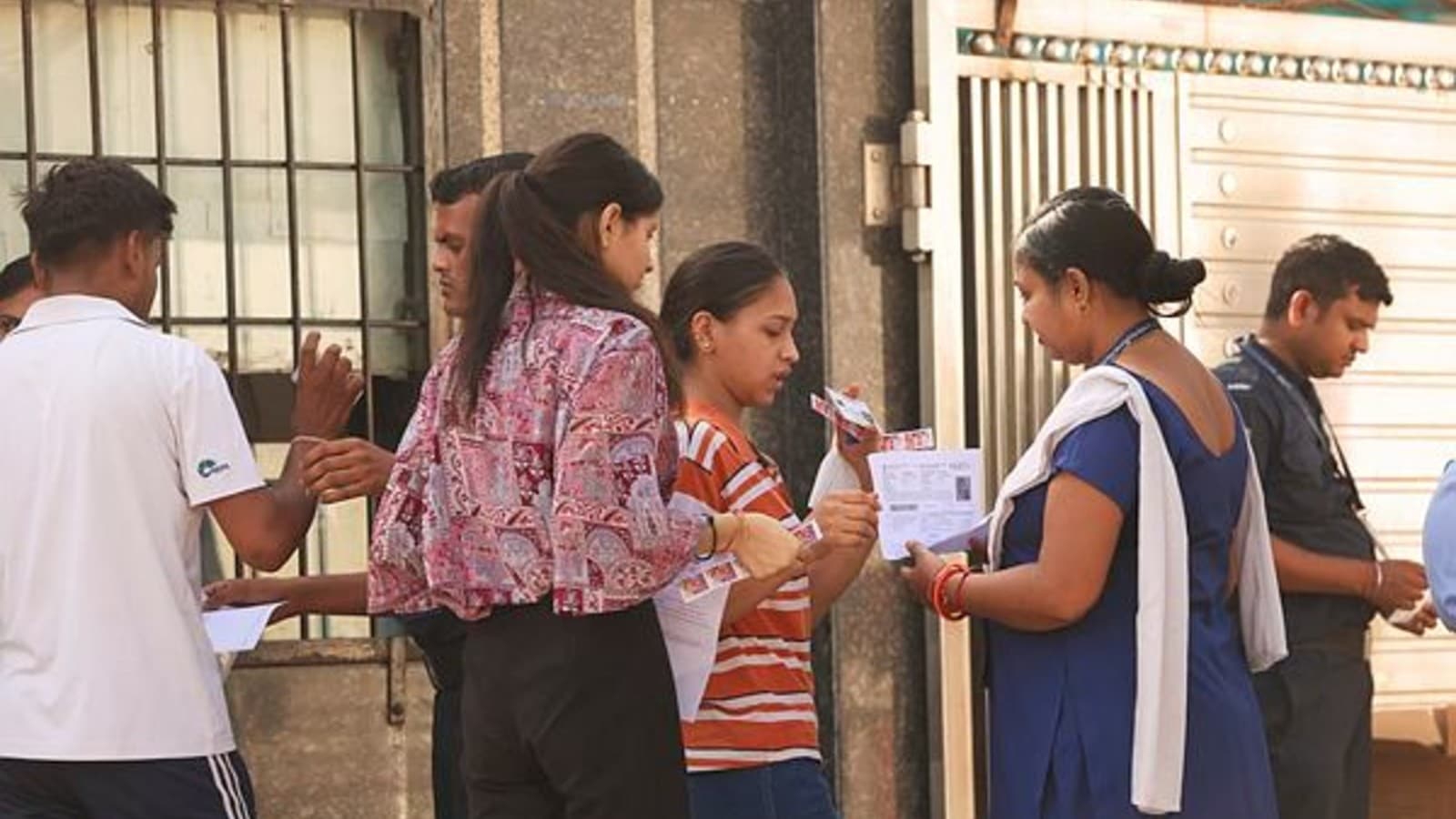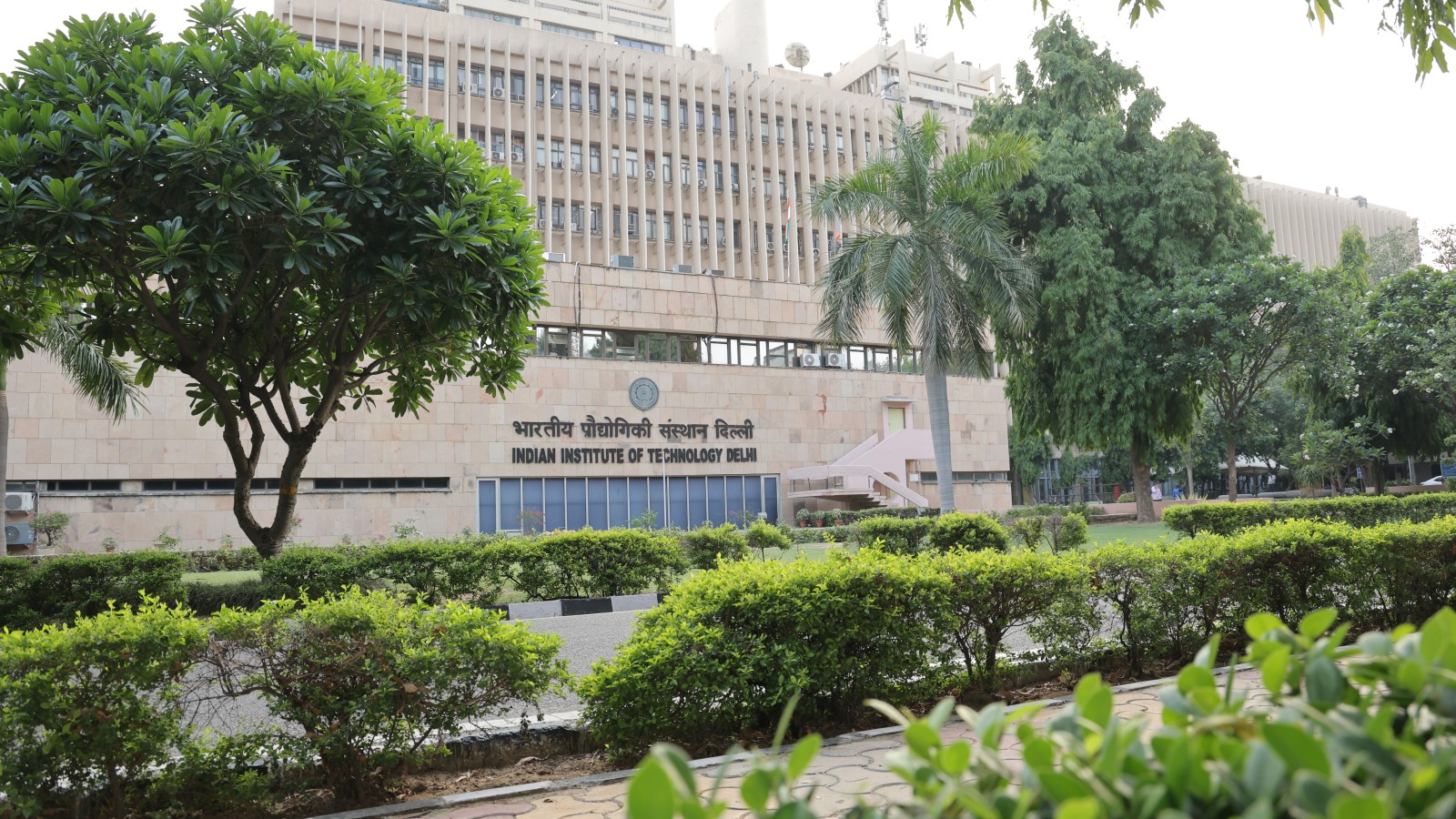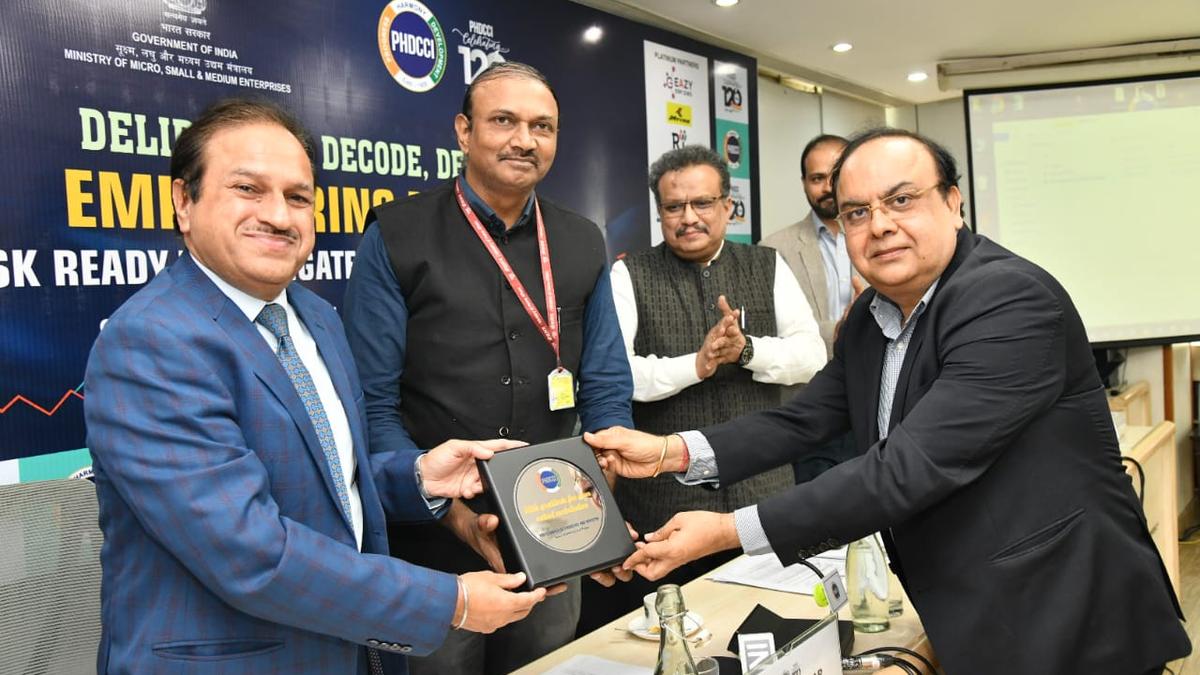The National Curriculum Framework (NCF) 2022 for foundational stages of education has recommended that mother tongue should be the primary medium of instruction in schools, both public and private, for children till eight years of age. Over the years, while the thrust on mother tongue as a medium of instruction in schools, particularly in primary grades, has been a constant feature of successive education policies and curriculum frameworks, the recommendations on English have differed.
The latest push for mother tongue comes after Prime Minister Narendra Modi advocated its introduction at the early stages of education on many occasions.
Q. What has the new NCF recommended?
A. Stating that research evidence confirms the importance of teaching children in their mother tongue during the foundational years and beyond, the NCF 2022 has recommended that mother tongue should be the primary medium of instruction at the foundational stage for children till eight years of age. “Since children learn concepts most rapidly and deeply in their home language, the primary medium of instruction would optimally be the child’s home language/mother tongue/familiar language in the Foundational Stage,” it states. English, it observed, can be one of the second languages taught at that level.
Q. Will there be any immediate changes at the classroom level?
A. At the national level, in schools affiliated with CBSE or ICSE, English is the primary medium of instruction in primary classes. That has been the case despite efforts to get the education boards to adopt mother tongue or dominant regional languages, at least for the primary grades. So far, neither of these boards has signalled any possible revision of the current arrangements. Most state boards, meanwhile, have regional languages as the main modes of instruction. To be sure, every State Government also runs schools where English is the medium of instruction. In fact, the present Andhra Pradesh and Telangana governments have taken policy decisions to gradually get all schools to impart education only in English, sparking a debate.
Q. What were the recommendations in the previous education policies?
A. The first education policy, which was based on the recommendations of a commission led by former UGC chairman D S Kothari, observed that regional languages are already in use as media of education at the primary and secondary stages, and steps should be taken to adopt the same mode at the university stage as well. It did not contain any specific instruction on mother tongue, but underlined that “special emphasis should be laid on the study of English and other languages”.
The second education policy, introduced in the year 1986, was also silent on the role of mother tongue as a medium of instruction at the foundational stage. However, the 1992 Programme of Action, which was based on a review of the 1986 policy, said at the preschool level, the medium of communication should be mother tongue/regional language. The latest policy, introduced in 2020, marked a departure from the past, as it made a clear case for mother tongue. “Wherever possible, the medium of instruction until at least Grade 5, but preferably till Grade 8 and beyond, will be the home language/mother tongue/local language/regional language,” it states.
Q. What about the previous NCFs?
A. In the NCFs, detailed guidelines based on which school syllabi undergo revisions, the role of mother tongue has been specified more clearly from the beginning. The first NCF, which came out in 1975, said “so far as possible, primary education should be in the mother tongue”. Observing that mother tongue is the child’s “most natural medium of communication”, it said in the case of learners whose mother tongue is also the language of the region, the medium of instruction at the elementary and secondary stages should be the regional language. And in cases where the two differ, mother tongue should be the medium in the first two years of primary education, and the regional language should take over after that.
The NCF 2000 was more emphatic on this count. “The medium of instruction, ideally, ought to be the mother tongue at all the stages of school education,” it said. The NCF 2005 said the language of interaction and communication in Early Childhood Care and Education (ECCE) would “normally be the child’s ‘first’ language, or home language”. However, it added that in light of socio-political realities, English has to be introduced early as a second language, either in Class I or at the preschool level.
Q. What does the Constitution say on this issue?
A. Article 350A of the Constitution states that it shall be the endeavour of every state and local authority to provide adequate facilities for instruction in the mother tongue at the primary stage of education “to children belonging to linguistic minority groups”.
!function(f,b,e,v,n,t,s)
{if(f.fbq)return;n=f.fbq=function(){n.callMethod?
n.callMethod.apply(n,arguments):n.queue.push(arguments)};
if(!f._fbq)f._fbq=n;n.push=n;n.loaded=!0;n.version=’2.0′;
n.queue=[];t=b.createElement(e);t.async=!0;
t.src=v;s=b.getElementsByTagName(e)[0];
s.parentNode.insertBefore(t,s)}(window, document,’script’,
‘https://connect.facebook.net/en_US/fbevents.js’);
fbq(‘init’, ‘444470064056909’);
fbq(‘track’, ‘PageView’);







